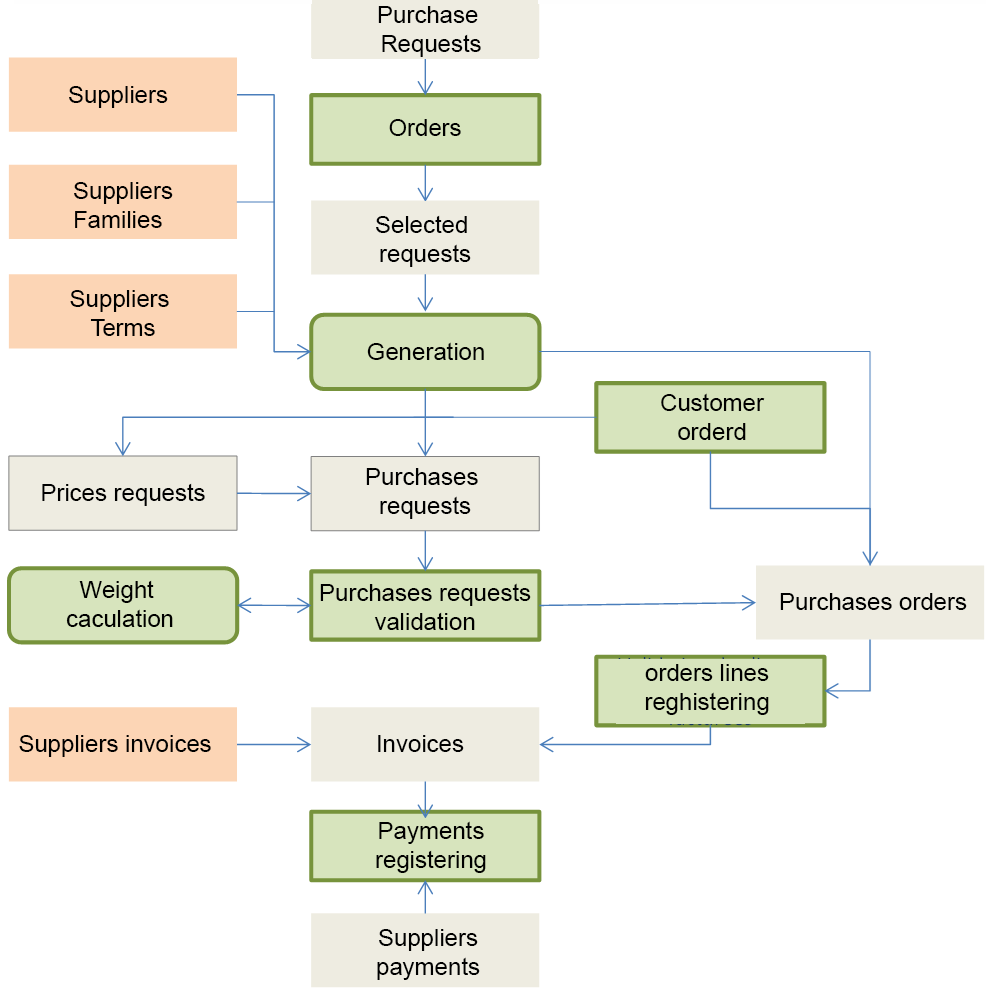According to diversity in tech statistics in 2018. Women make up only 28 of the workforce in science technology engineering and math STEM and men vastly outnumber women majoring in most STEM fields in college.
 Persistence And Representation Of Women In Stem Programs
Persistence And Representation Of Women In Stem Programs
Europe and North America are at 32 percent.
Percentage of women in stem. According to UNESCO 29 percent of those in science research and development are women with a low of 19 percent in South and West Asia and a high of 48 percent in Central Asia. In 2018 the number of women who leave their STEM jobs is 53. More Women Are Graduating from STEM Degrees Statistics demonstrate that an increasing number of women are choosing to study STEM subjects in college.
Men made up 52 of all US. Forty-one per cent of male students who responded selected a STEM-related career significantly higher than only 20 per cent of female respondents. Women now make up 46 of the total science professional workforce.
Female students and employees are under-represented in STEM-related fields. Figure 5 displays the most current data available for the percentage of women in STEM. Women working in STEM fields publish less and often receive less pay.
In 2018 women in the US receive 250 less than men when it comes to software development jobs. Women comprised 28 of all workers in SE occupations in 2010 up from 23 in 1993. When we look at the percentage of women enrolled and graduated in STEM related fields in 2016 based on the latest statistics published by UNESCO and World Bank there is no much gender difference and the only STEM field in which men honestly outnumber women is engineering.
Globally women are underrepresented in STEM. On average around 30 of the worlds researchers are women. Here are some statistics on the number of women in STEM.
2018 58725 42. Figure 2 3 62. In the physical sciences 391 of undergraduate degrees were awarded to women.
Engineering has the smallest amount of women in most STEM education fields and is seeing very little growth in the number of women getting engineering degrees making the gap grow even wider. Women comprise 29 of the STEM workforce and 52 of the college-educated workforce NSF. The number of STEM degrees women received increased 663 since the 2008-2009 academic year according to the latest data available from the US Department of Education.
Only 23 percent of global STEM talent is female In an era where South African women have become increasingly prominent in medicine law and business why. Similarly in engineering women make up only 20 percent of the bachelors degrees 25 percent of masters degrees and 23 percent of doctorate degrees. Women are consistently represented at roughly 25 of the STEM workforce over the past 30 years.
Students were asked what type of career they would like to have in the future with more than 1400 responses. Still women accounted for only 324 of all STEM degree recipients during the 2017-2018 school year. Workers and 8 of STEM workers.
The number of women in board positions in STEM-related industries in 2020 was 192 an 183 increase over the previous year. Women have made up half or more of all social scientistspsychologists at least since the early 1990s. Women in STEM statistics for science professionals continue to show positive results for a growing gender diversity in these roles.
However psychology is the only large SE occupation with substantially more women than men. In math and statistics 424 of undergraduate degrees were awarded to women. The gender gaps are particularly high in some of the fastest-growing and highest-paid jobs of the future.
While women constitute almost 50 of the labor market there are only 28 of women in STEM fields as opposed to 72 of men. In comparison that number for men is 31. Less than a third of female students choose to study higher education courses in subjects like math and engineering.
Nationally women make up 573 of bachelors degree recipients but only 386 of STEM bachelors degree recipients. In 1970 women made up 38 of all US. 2019 62675 46.
Workers but 73 of all STEM workers. Women made gains from 8 of STEM workers in 1970 to 27 in 2019 but men still dominated the field. 50 or more of the total students involved in STEM.
By 2019 the STEM proportion had increased to 27 and women made up 48 of all workers.
